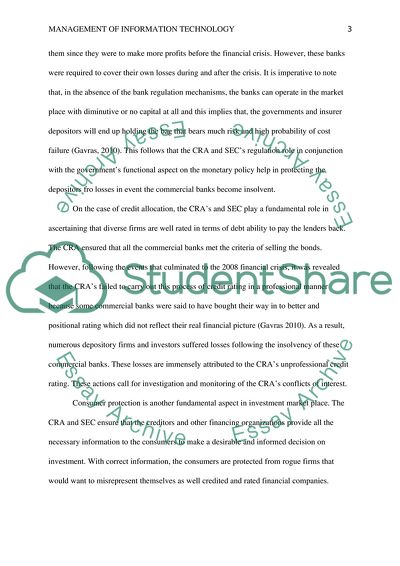Cite this document
(MANAGEMENT OF INFORMATION TECHNOLOGY Research Paper, n.d.)
MANAGEMENT OF INFORMATION TECHNOLOGY Research Paper. https://studentshare.org/finance-accounting/1825883-management-of-information-technology
MANAGEMENT OF INFORMATION TECHNOLOGY Research Paper. https://studentshare.org/finance-accounting/1825883-management-of-information-technology
(MANAGEMENT OF INFORMATION TECHNOLOGY Research Paper)
MANAGEMENT OF INFORMATION TECHNOLOGY Research Paper. https://studentshare.org/finance-accounting/1825883-management-of-information-technology.
MANAGEMENT OF INFORMATION TECHNOLOGY Research Paper. https://studentshare.org/finance-accounting/1825883-management-of-information-technology.
“MANAGEMENT OF INFORMATION TECHNOLOGY Research Paper”. https://studentshare.org/finance-accounting/1825883-management-of-information-technology.


